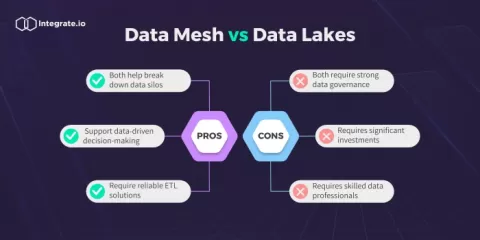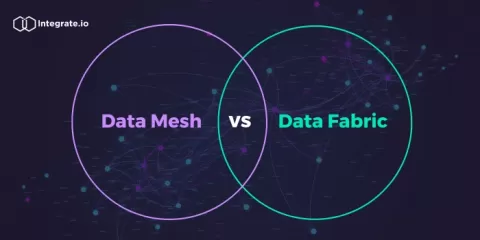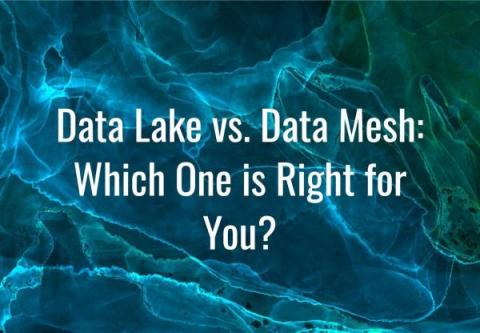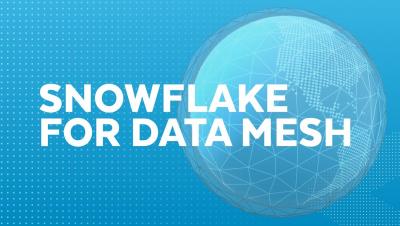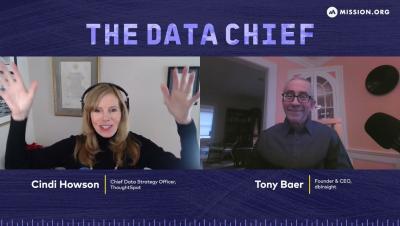How Qlik & Microsoft Data Mesh Transforms Supply Chain Management
Qlik Cloud Data Integration with Microsoft Data Mesh simplifies complex global supply chain data challenges. It can transform your supply chain operations and boost your business success, regardless of where the data is stored, from ERP and CRM applications to WMS and proprietary SAP data structures.



